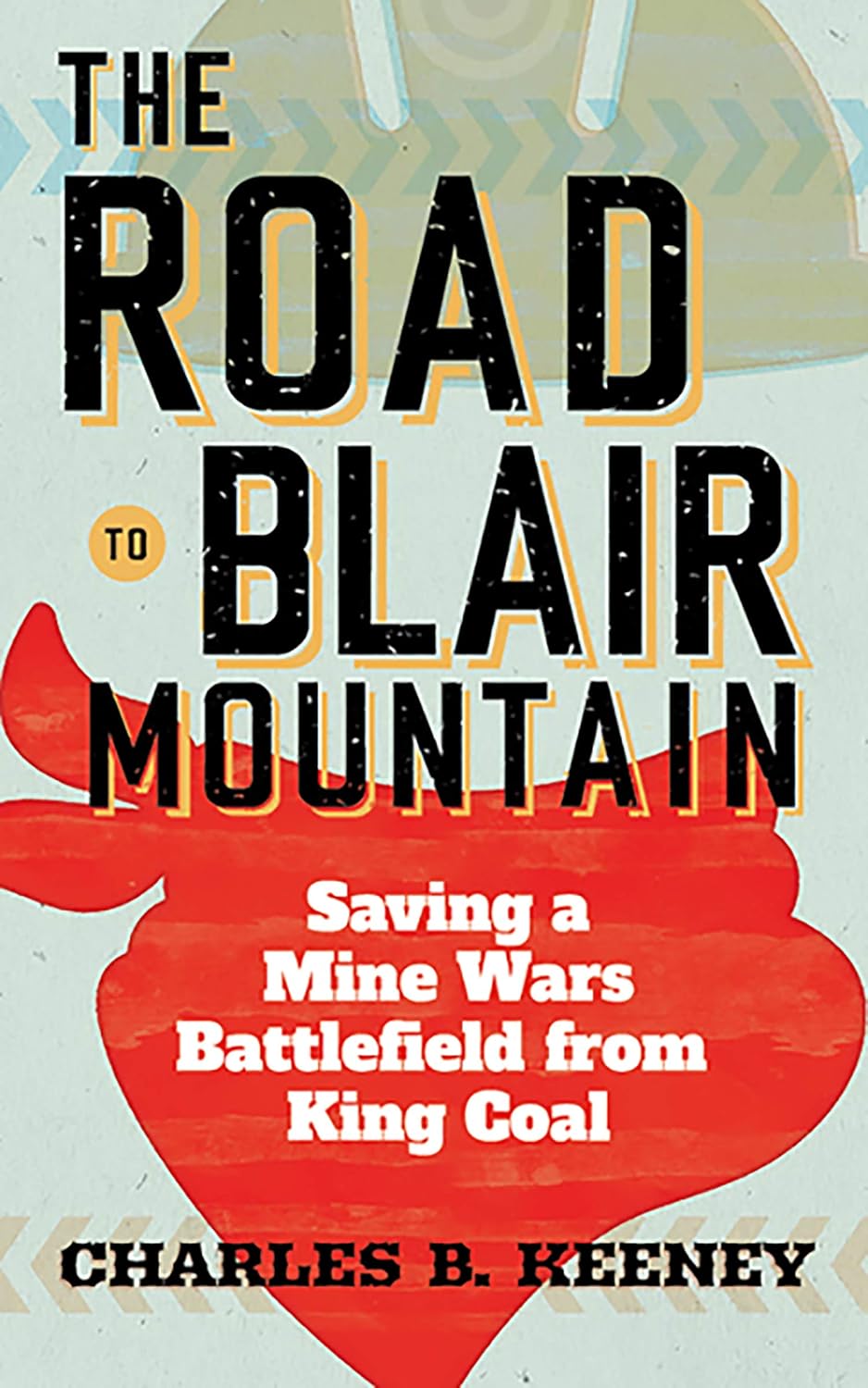“Grassroots activists and indigenous people, often in rural areas, find themselves facing enormous odds when protecting sacred landscapes against the financial and political might of major extraction and agricultural industries. Such individuals and groups may find valuable lessons in this book….My theory is that people from different regions of America will find more similarities than differences in the local politics, economic problems, and social issues described in this book.”
In March 2009, the 1,700 or so acres of Blair Mountain were placed on the National Register of Historic Places, set to be protected from mining forever. In December of the same year, it was mysteriously delisted. Three coal companies had been permitted to do mountain top removal mining adjacent to the battlefield and the National Guard was cooperating with the coal companies and state agencies to place a national jump base — part of the global battle against terrorism — on the stripmine benches. The coal companies were cooperating with the National Guard because of “God and country,” one company executive said.
In 2011 Keeney was named president of the Friends of Blair Mountain and realized the little group of locals, labor historians, environmentalists, and assorted others, including some outsiders who felt civil disobedience was the best strategy to protect the mountain, did not have a common strategy to overcome the odds against them. Many of the supporters insisted the battle had to be to abolish mountaintop removal in the state, not to single out Blair Mountain for special protections.
Keeney is a local and knows that the United Mine Workers support mountaintop removal because its members operate the dozers and giant shovels. He also knows “tree hugger” is the most damning and dangerous epitaph one can acquire in the southern coalfields, where the coal operators allege there is a “war on coal” and bumper stickers with “friend of coal” dot the bumpers and rear windows of pickup trucks. He persuaded the group to adopt a three-prong, very focused strategy of saving Blair Mountain.
The tenets of the strategy were:
- Take control of the public narrative and aim to create support among the local population.
- Learn the system of laws, regulations, and agencies and figure out how to maneuver inside those bureaucracies.
- And finally, get in the room with all the players and present solutions on which all can agree.
The shorthand for the strategy became “History, Labor, Culture.”
The group knew that most victories from social protest in this country are won with numbers, large groups of people mobilizing for change. They also knew rural areas like theirs don’t have numbers. And they also knew the social fabric of small towns and rural areas often means any struggle could mean the loss of friends or jobs. As the author puts it:
